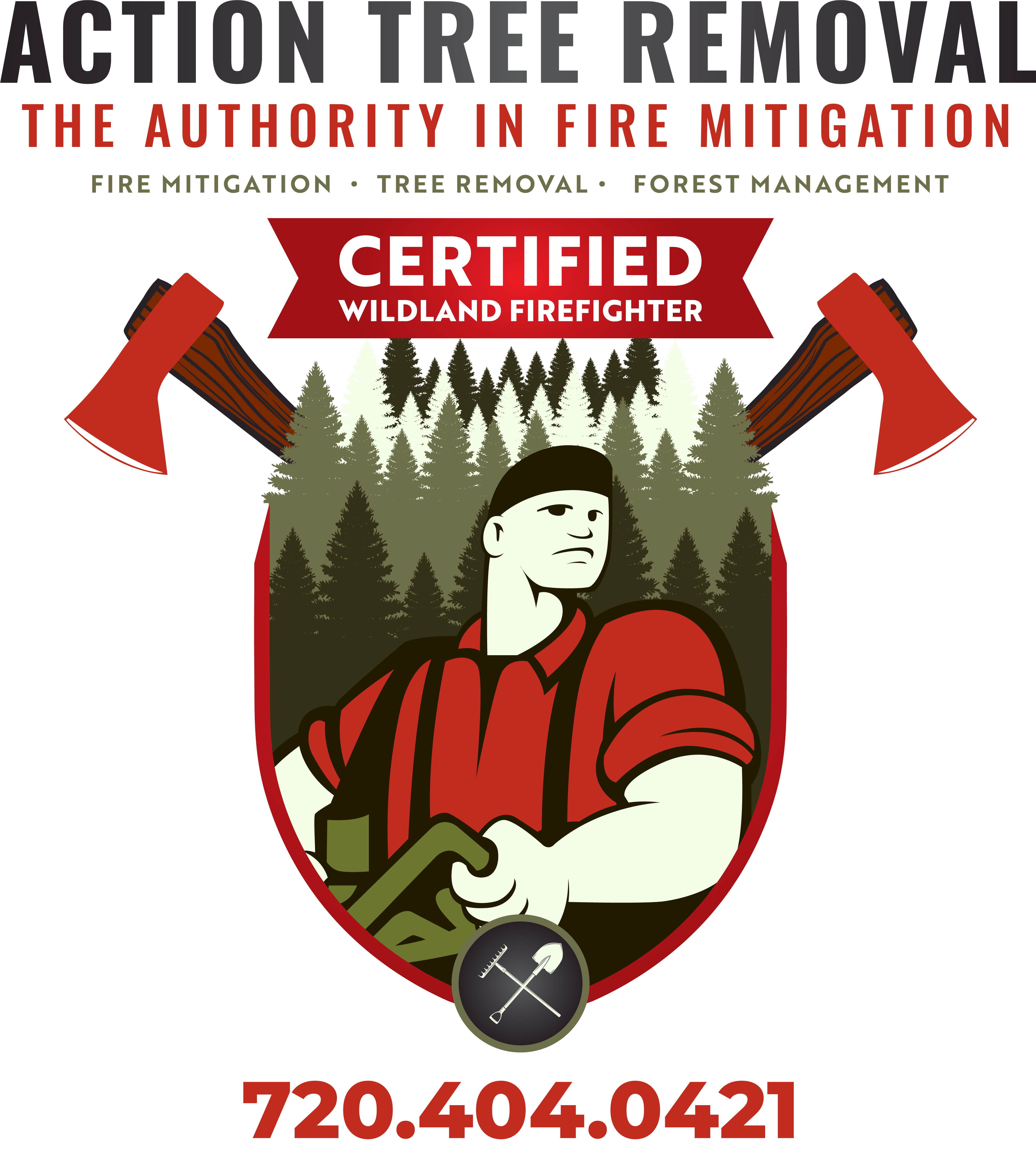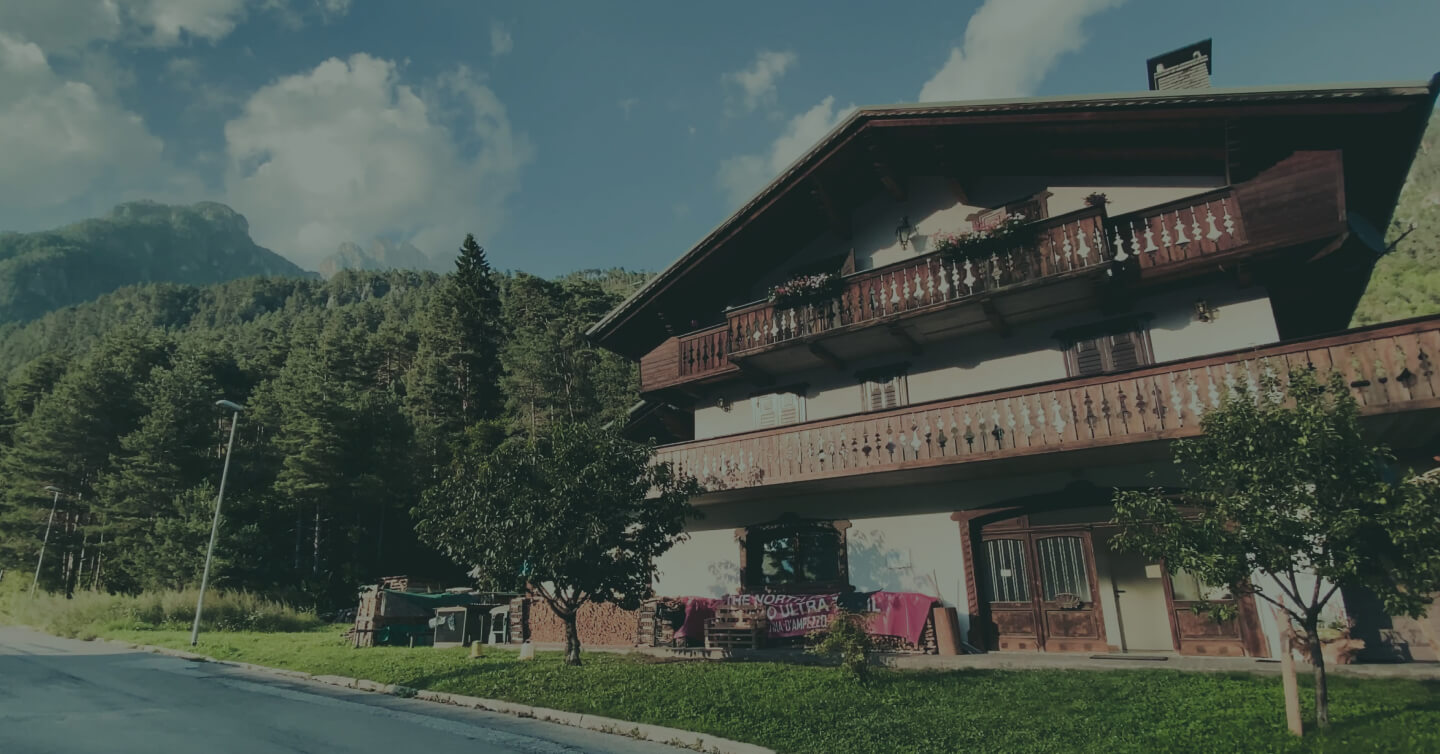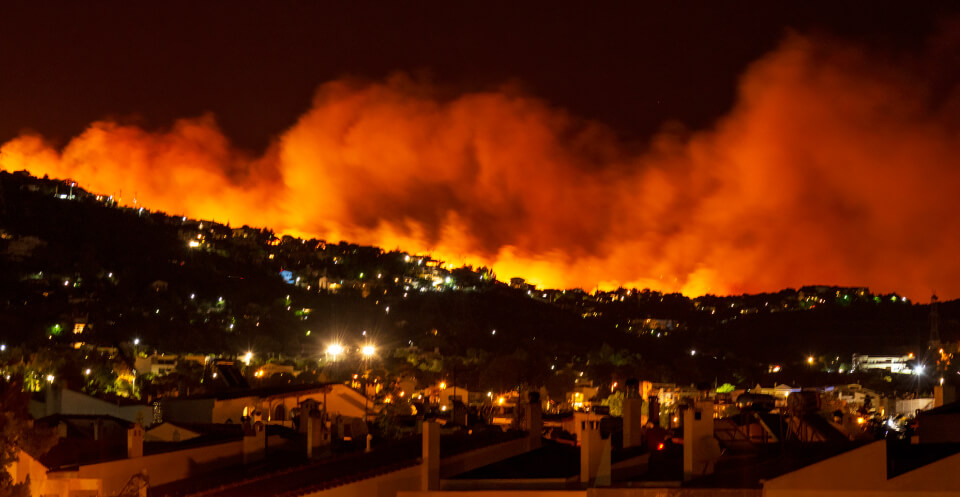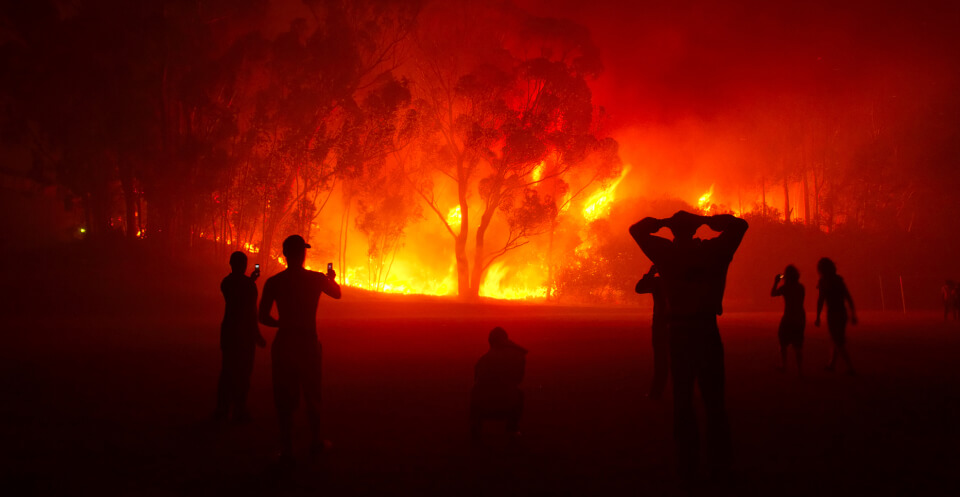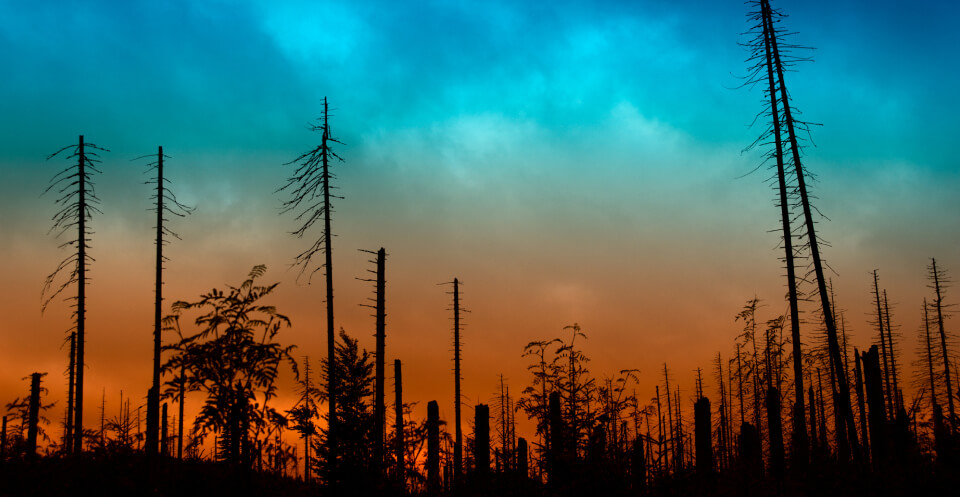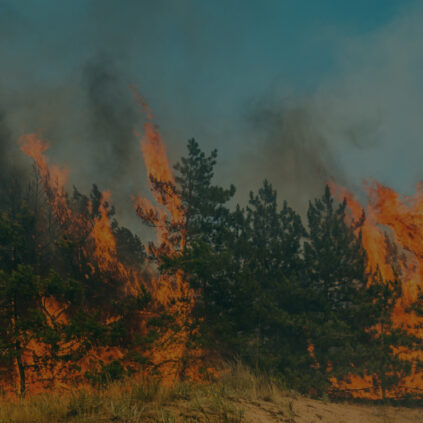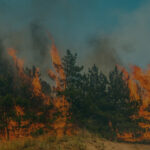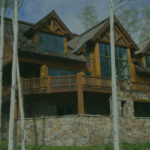In mountainous regions, fire safety plays a crucial role in protecting homes and communities from the devastating impact of fires. Mountain homes face unique challenges due to their proximity to dense forests, rugged terrain, and the increased risk of wildfires. Understanding the importance of fire prevention and implementing effective safety measures is essential to ensure the well-being of residents and the preservation of valuable properties. Here are some valuable insights and practical tips to enhance fire safety in mountain homes, addressing the specific concerns related to fire prevention and wildfire mitigation.
Why Fire Safety Is Extremely Important for Mountain Homes
Wildfire Risk
Mountainous regions are particularly susceptible to wildfires due to factors such as dry climate, abundant vegetation, and strong winds. These wildfires can spread rapidly and pose significant threats to homes and communities nestled in these areas.
Limited Access and Evacuation Challenges
Mountain homes often have limited access routes, steep slopes, and rugged terrain, making evacuation during a fire emergency more challenging. Effective fire safety measures become crucial to prevent the need for emergency evacuation and reduce risks to life and property.
Environmental Impact
Fires in mountainous regions can have severe environmental consequences, including deforestation, destruction of wildlife habitats, and soil erosion. By prioritizing fire safety, we can help preserve the natural beauty and ecological balance of these areas.
In this article, we aim to empower homeowners in mountainous regions with the knowledge and tools necessary to protect their homes, loved ones, and the environment from the threat of fires.
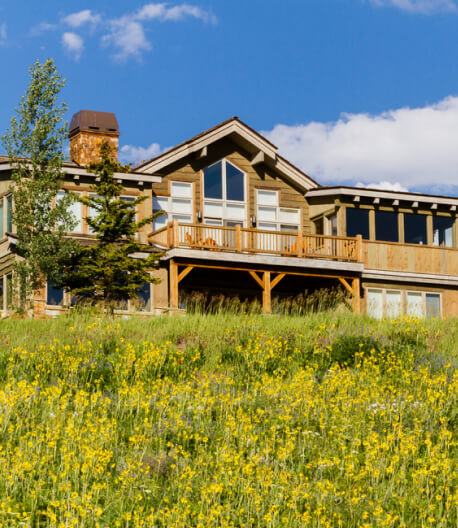

Understand The Risks
Common Fire Hazards in Mountainous Areas
Mountainous areas pose specific fire hazards that homeowners must be aware of to effectively mitigate risks. The following common fire hazards are typically encountered in mountain regions:
- Dense Vegetation: The presence of dense vegetation, including trees, shrubs, and undergrowth, increases the risk of fires. Dry foliage and accumulated dead vegetation act as fuel, making fires more likely to start and spread rapidly.
- Proximity to Forests: Mountain homes often border or are located in close proximity to forests. This proximity increases the potential for fires to ignite and encroach upon residential areas.
- Steep Slopes: Steep slopes common in mountainous terrain can complicate firefighting efforts and evacuation procedures. The rapid spread of fires uphill poses challenges for both residents and firefighting personnel.
- Strong Winds: Mountain regions are prone to strong winds, which can exacerbate fire behavior by spreading flames more rapidly and making fire containment more difficult.
- Limited Water Supply: Some mountain areas may have limited access to water sources, making it challenging to combat fires effectively. This constraint necessitates alternative strategies and preparedness measures.
Statistics On Wildfires in Mountain Regions
Statistics on wildfires in mountain regions underscore the importance of fire prevention and safety measures in these areas. While the specific statistics may vary by region, some general data highlights the prevalence and impact of wildfires in mountains:
- Frequency: Mountainous regions experience a higher frequency of wildfires compared to other areas. The combination of dry climate, abundant vegetation, and lightning strikes contributes to the heightened risk.
- Size and Spread: Wildfires in mountain regions tend to cover larger areas due to the availability of fuel sources and the influence of wind patterns. These factors can lead to rapid fire spread, making containment more challenging.
- Environmental Impact: Wildfires in mountainous areas have significant environmental implications, including habitat destruction, soil erosion, and adverse effects on air quality. Protecting these delicate ecosystems is crucial for maintaining biodiversity and preserving natural resources.
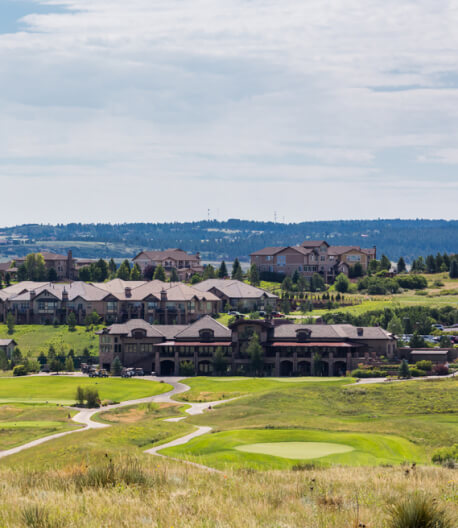
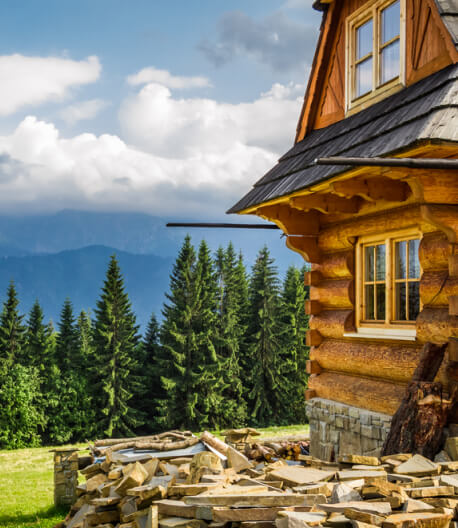
Wildfire Prevention Tips for Mountain Homes
Choosing Fire-Resistant Building Materials
When constructing or renovating a mountain home, selecting fire-resistant building materials is crucial for reducing the risk of fire incidents. Consider the following tips:
- Roofing: Opt for fire-resistant roofing materials such as metal, clay or concrete tiles, or asphalt shingles with a high fire rating.
- Siding: Choose non-combustible materials like stucco, brick, stone, or cementitious siding instead of wood or vinyl, which are more susceptible to ignition.
- Windows: Install dual-pane or tempered glass windows, as they are less likely to shatter during a fire and can help prevent embers from entering the house.
- Decking and Fencing: Select fire-resistant materials for decks and fences, such as composite materials, metal, or treated wood with fire-retardant coatings.
Importance Of Regular Property Inspections and Maintenance
Regular property inspections and maintenance are essential for identifying and addressing potential fire hazards. Follow these guidelines:
- Chimneys and Flues: Have your chimney and flue inspected and cleaned annually to remove creosote buildup, which can lead to chimney fires.
- Electrical Systems: Hire a qualified electrician to inspect your electrical systems, including wiring, outlets, and appliances, to ensure they are up to code and in safe working condition.
- Heating Systems: Schedule regular maintenance for your heating systems, including furnaces, wood-burning stoves, or fireplaces. Clean or replace filters, check for proper ventilation and clear any combustible materials from the surrounding area.
- Dryer Vents: Clean the dryer vent regularly to prevent lint buildup, which can ignite and cause a fire.
Recommendations For Safe Heating and Cooking Practices
Safe heating and cooking practices are essential to prevent accidental fires in mountain homes. Consider the following tips:
- Heating Appliances: Keep portable heaters, wood-burning stoves, and fireplaces clear of flammable materials. Ensure proper ventilation and maintain a safe distance from furniture or curtains.
- Cooking Safety: Never leave cooking unattended, especially when using stovetops or open flames. Keep flammable objects away from the cooking area, and use appropriate pot holders or oven mitts when handling hot items.
Advantages Of Installing and Maintaining Smoke Detectors And Fire Extinguishers
Installing and maintaining smoke detectors and fire extinguishers is crucial for early detection and effective response to fires. Consider the following recommendations:
- Smoke Detectors: Install smoke detectors on every level of your home, including inside and outside sleeping areas. Test them monthly and replace batteries at least once a year.
- Fire Extinguishers: Keep fire extinguishers in easily accessible locations, such as the kitchen, garage, and near fireplaces. Ensure everyone in the household knows how to operate them correctly.
Importance Of Creating A Defensible Space Around The Home
Creating a defensible space around your mountain home is an essential preventive measure to minimize the risk of wildfires. Follow these guidelines:
- Clear Vegetation: Remove dead leaves, fallen branches, and combustible debris from the immediate vicinity of your home, roof, and gutters.
- Prune Trees and Shrubs: Trim tree branches that overhang your home and maintain a minimum distance of 10 feet between tree canopies and roofs. Prune shrubs to reduce continuous fuel sources.
- Landscape with Fire-resistant Plants: Choose fire-resistant plants that are less likely to ignite and produce minimal flammable debris. Maintain adequate spacing between plants to prevent fire spread.
Wildfire Prevention Tips
Remaining vigilant, respecting regulations, and adopting responsible practices will help protect mountainous regions and their communities from the destructive impact of wildfires. Individuals can significantly reduce the risk of ignitions that can lead to devastating wildfires by following these tips:
Safe Disposal of Cigarettes and Matches
- Never throw cigarettes or matches out of vehicle windows or onto the ground. Ensure they are fully extinguished before discarding them in designated ashtrays or containers.
- Avoid smoking in areas prone to wildfires, especially during dry and windy conditions.
Appropriate Handling of Campfires
- Check local regulations before starting a campfire. Follow designated fire pits or use portable fire containment devices in approved areas.
- Clear the area around the campfire, ensuring a minimum distance of 10 feet of non-combustible space from flammable materials such as tents, dry grass, and overhanging branches.
- Keep a sufficient water supply or fire extinguisher nearby to fully extinguish the campfire before leaving.
Importance Of Following Burn Bans and Fire Regulations
- Stay informed about burn bans, fire restrictions, and regulations in your area. Follow guidelines and restrictions imposed by local authorities, especially during periods of high fire danger.
- Avoid activities such as outdoor burning or using equipment that may create sparks or open flames during restricted periods.
Tips For Preventing Equipment- And Vehicle-Related Fires
- Maintain vehicles and equipment regularly, checking for any signs of wear or electrical issues that may increase the risk of fire. Address these issues promptly.
- Avoid parking vehicles on dry grass or other flammable materials. Maintain proper clearance between vehicles and vegetation.
- Secure chains and other metal objects to prevent them from dragging and sparking on the ground.
Safe Storage and Handling Of Flammable Liquids
- Store flammable liquids in approved containers in well-ventilated areas away from ignition sources and in compliance with local regulations.
- Use caution when handling flammable liquids, ensuring proper containers, grounding wires, and following safe procedures for transfer and disposal.
- Avoid storing excessive amounts of flammable materials and dispose of them properly when no longer needed.
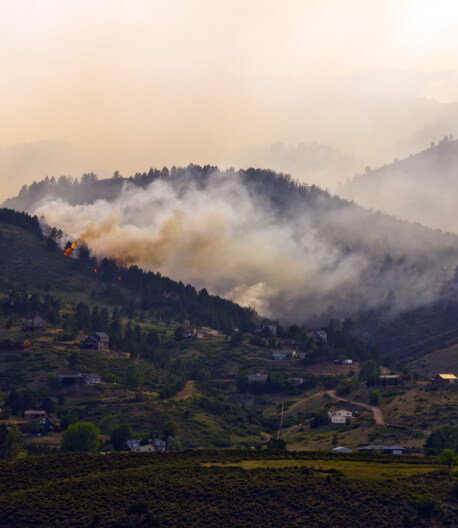
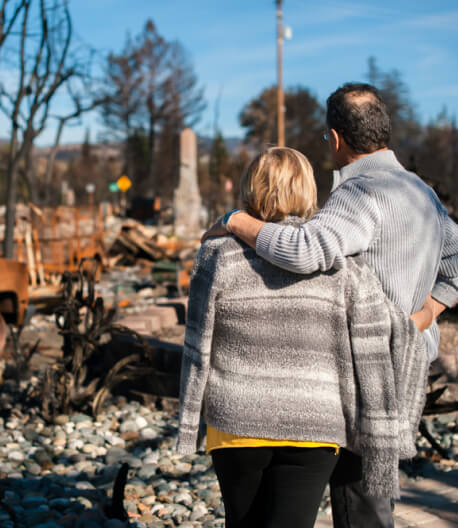
Emergency Preparedness
Being prepared for fire emergencies is essential to ensure the safety and well-being of mountain homeowners. The following tips will help you develop an effective emergency preparedness plan:
Create an Evacuation Plan
- Identify evacuation routes: Familiarize yourself with the primary and secondary evacuation routes from your mountain home. Consider alternative routes in case primary routes are blocked.
- Establish meeting points: Choose predetermined meeting points with family members or neighbors in case you get separated during an evacuation.
- Communication plan: Determine how you will communicate with family members during an emergency, whether through designated phone numbers, messaging apps, or walkie-talkies.
- Practice the plan: Conduct evacuation drills regularly to ensure everyone knows what to do in case of an emergency. Include scenarios where you have limited time to evacuate.
Assemble an Emergency Supply Kit
- Water and non-perishable food: Prepare an adequate supply of water (one gallon per person per day) and non-perishable food items that can sustain your household for at least 72 hours.
- Essential supplies: Include items such as flashlights, batteries, a battery-powered or hand-crank radio, a first aid kit, extra medications, a multipurpose tool, a whistle, and personal hygiene items.
- Important documents: Make copies of essential documents like identification, insurance policies, birth certificates, and medical records. Keep these copies in a waterproof and portable container.
- Clothing and bedding: Pack a change of clothes and extra blankets or sleeping bags for each household member.
Keep Informed About Local Fire Conditions
- Stay updated: Regularly monitor local news, websites, and social media accounts of fire departments, emergency management agencies, and meteorological services for updates on fire conditions, warnings, and evacuation orders.
- Sign up for emergency alerts: Register for emergency alert systems, such as text message or email notifications, to receive timely information about wildfires and evacuation orders in your area.
- Maintain communication: Keep your mobile phones charged and have portable chargers or extra batteries available. Consider having a battery-powered or hand-crank radio for receiving emergency broadcasts.
Importance of Fire Insurance Coverage
- Review your insurance policy: Ensure your home insurance policy provides adequate coverage for fire-related damages and losses. Review policy limits, exclusions, and understand the claims process.
- Document your possessions: Take photos or videos of your home’s contents and keep an inventory of valuable items. Store this documentation in a safe place or digitally upload it for easy access during an insurance claim.
- Consult with an insurance agent: Discuss your insurance coverage with an agent to ensure you have appropriate protection and understand any additional coverage options specifically related to wildfires.
Final Thoughts on Fire Prevention Tips
Fire prevention and preparedness are paramount when it comes to safeguarding mountain homes and mitigating the risks of wildfires. By following the tips provided throughout this document, you can significantly reduce the likelihood of fire incidents and minimize their impact. Let’s recap the key points covered:
- Fire Prevention Tips for Mountain Homes: We discussed the importance of choosing fire-resistant building materials, conducting regular property inspections, practicing safe heating and cooking practices, installing smoke detectors and fire extinguishers, and creating defensible space around your home.
- Wildfire Prevention Tips: We highlighted the safe disposal of cigarettes and matches, appropriate handling of campfires, the importance of following burn bans and local fire regulations, preventing equipment- and vehicle-related fires, and safe storage and handling of flammable liquids.
It is extremely important to take fire safety seriously, especially in mountainous regions prone to wildfires. The risks associated with fires can have devastating consequences for lives, property, and the environment. By being proactive and implementing preventive measures, you can protect your home and contribute to the overall safety of your community.
We encourage you to take immediate action by implementing these fire prevention and preparedness tips. Conduct a thorough assessment of your home, create an evacuation plan, assemble an emergency supply kit, and stay informed about local fire conditions. Additionally, spread awareness among your neighbors, friends, and family about the importance of fire safety in mountain homes.
Remember, fire safety is a shared responsibility. By working together and fostering a culture of fire prevention, we can create safer living environments, protect our mountain homes, and preserve the natural beauty of these regions.
Take the first step today and make fire safety a priority. Together, we can make a significant impact in preventing fires and ensuring the well-being of our mountain communities.
Last modified: January 26, 2024

